1,4-Butanediol CAS 110-63-4, also called Butane-1,4-diol (other names include 1,4-B, BD, BDO and 1,4-BD), is a primary alcohol and an organic compound with the formula HOCH2CH2CH2CH2OH. It is a colorless viscous liquid first synthesized in 1890 via acidic hydrolysis of N,N’-dinitro-1,4-butanediamine by Dutch chemist Pieter Johannes Dekkers, who called it “tetramethylene glycol”.
BDO Product Information
| Product Name | 1,4-Butanediol |
| Synonyms | 1,4-BUTYLENE GLYCOL;1,4-BUTANEDIOL;1,4-DIHYDROXYBUTANE;BDO;BUTANEDIOL, 1,4-;TETRAMETHYLENE GLYCOL;VERSALINK CURATIVE 1,4 BDO |
| CAS NO | 110-63-4 |
| Molecular Formula | C4H10O2 |
| Molecular Weight | 90.12 |
| EINECS | 203-786-5 |
| Melting Point | 16 °C (lit.) |
| Boiling Point | 230 °C (lit.) |
| Flash Point | 135 °C |
| Density | 1.017 g/mL at 25 °C (lit.) |
| Storage | Store below +30°C |
| Acidity coefficient (pKa) | 14.73±0.10(Predicted) |
| Appearance | Transparent and colorless liquid |
CAS 110-63-4 Packing
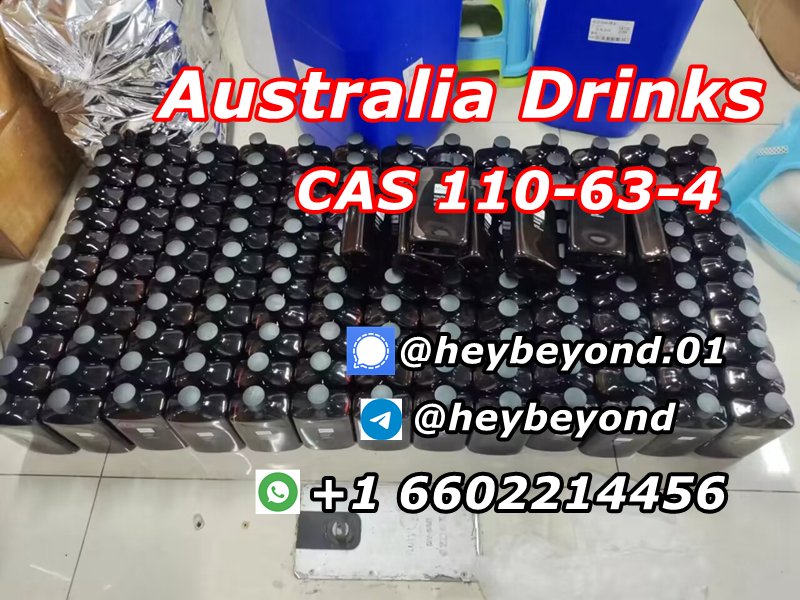
CAS 110-63-4 Synthesis
In industrial chemical synthesis, acetylene reacts with two equivalents of formaldehyde to form butyne-1,4-diol. Hydrogenation of butyne-1,4-diol gives butane-1,4-diol. It is also made on an industrial scale from maleic anhydride in the Davy process, which is first converted to the methyl maleate ester, then hydrogenated. Other routes are from butadiene, allyl acetate and succinic acid.
A biological route to BD has been commercialized that uses a genetically modified organism. The biosynthesis proceeds via 4-hydroxybutyrate.
Use as a recreational drug
Butane-1,4-diol is also used as a recreational drug known by some users as “Bute”, “One Comma Four”, “Liquid Fantasy”, “One Four Bee” or “One Four B-D-O”.
Some federal courts in the USA have stated that 1,4-butanediol exerts effects similar to its metabolite gamma-hydroxybutyrate (GHB), but several other federal courts have ruled that it does not.
Pharmacokinetics
Butane-1,4-diol is rapidly converted into gamma-hydroxybutyric acid by the enzymes alcohol dehydrogenase and aldehyde dehydrogenase, and differing levels of these enzymes may account for differences in effects and side effects between users. While co-administration of ethanol and GHB already poses serious risks, co-administration of ethanol with 1,4-butanediol will interact considerably and has many other potential risks. This is because the same enzymes that are responsible for metabolizing alcohol also metabolize 1,4-butanediol so there is a strong chance of a dangerous drug interaction. Emergency room patients who overdose on both ethanol and 1,4-butanediol often present with symptoms of alcohol intoxication initially and as the ethanol is metabolized the 1,4-butanediol is then able to better compete for the enzyme and a second period of intoxication ensues as the 1,4-butanediol is converted into GHB.

Contact
Signal: @heybeyond.01
Telegram: @heybeyond
WhatsApp: +1 6602214456
Products Website: https://pmk-28578-16-7.com



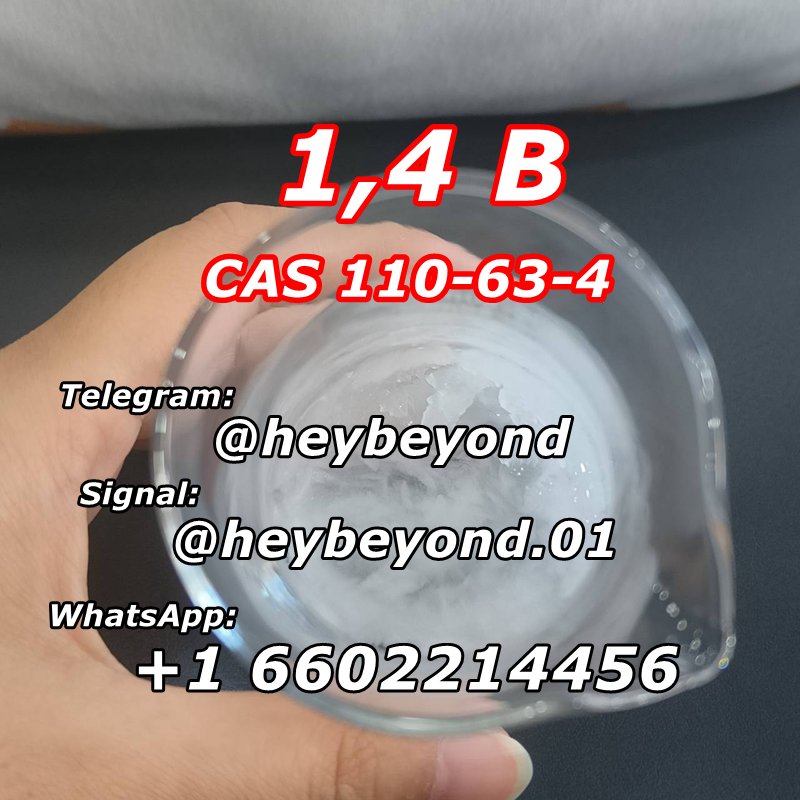
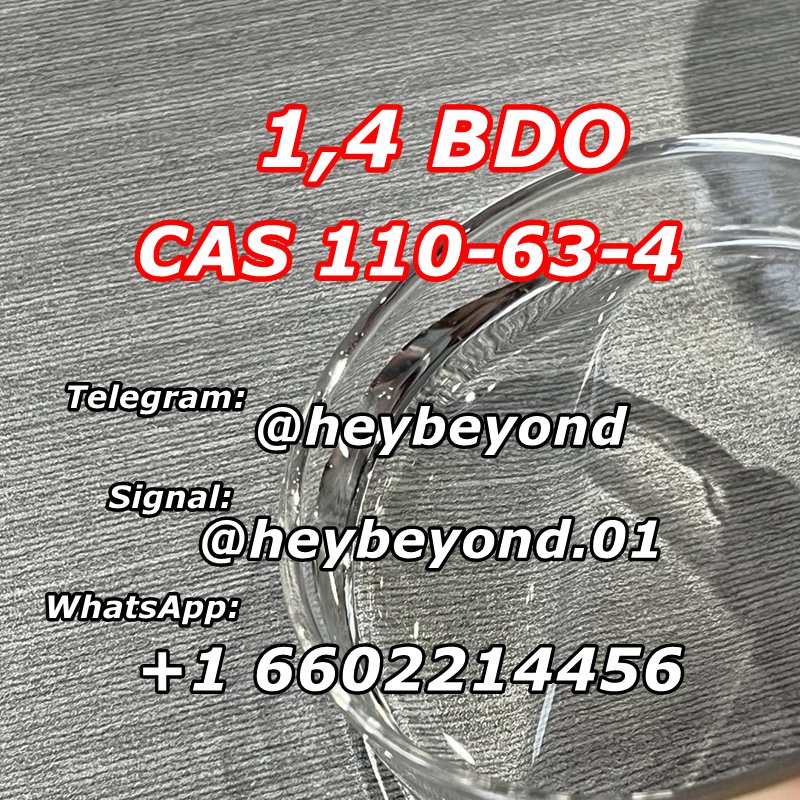
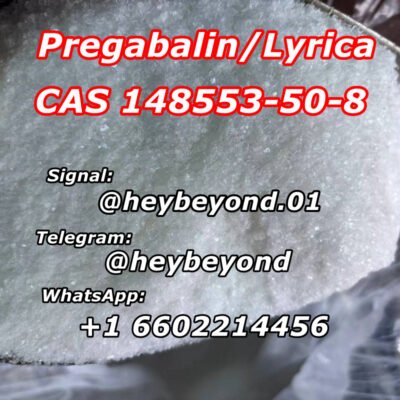
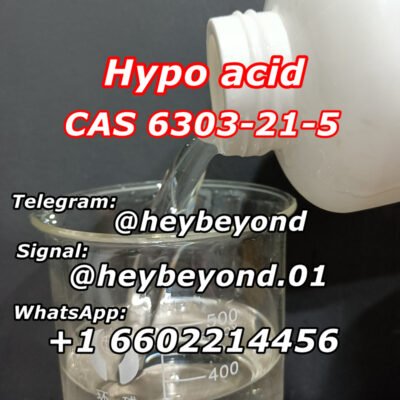
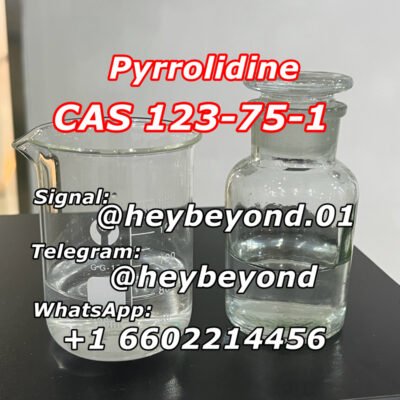
Reviews
There are no reviews yet.